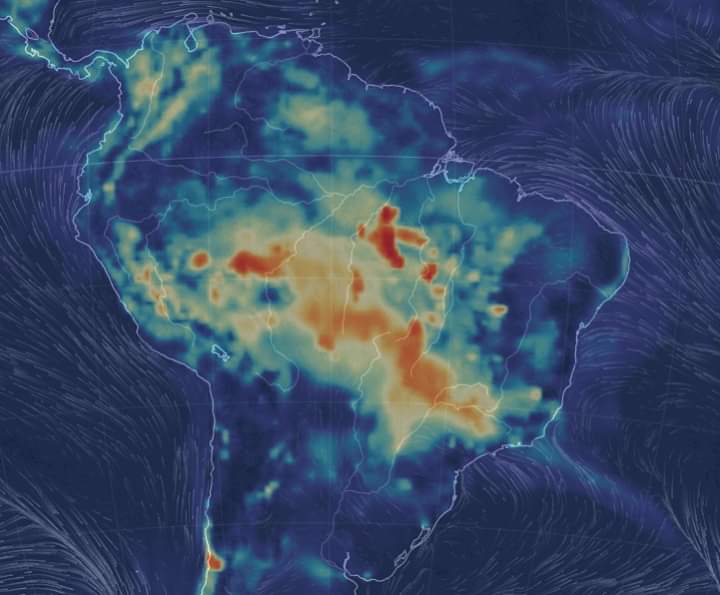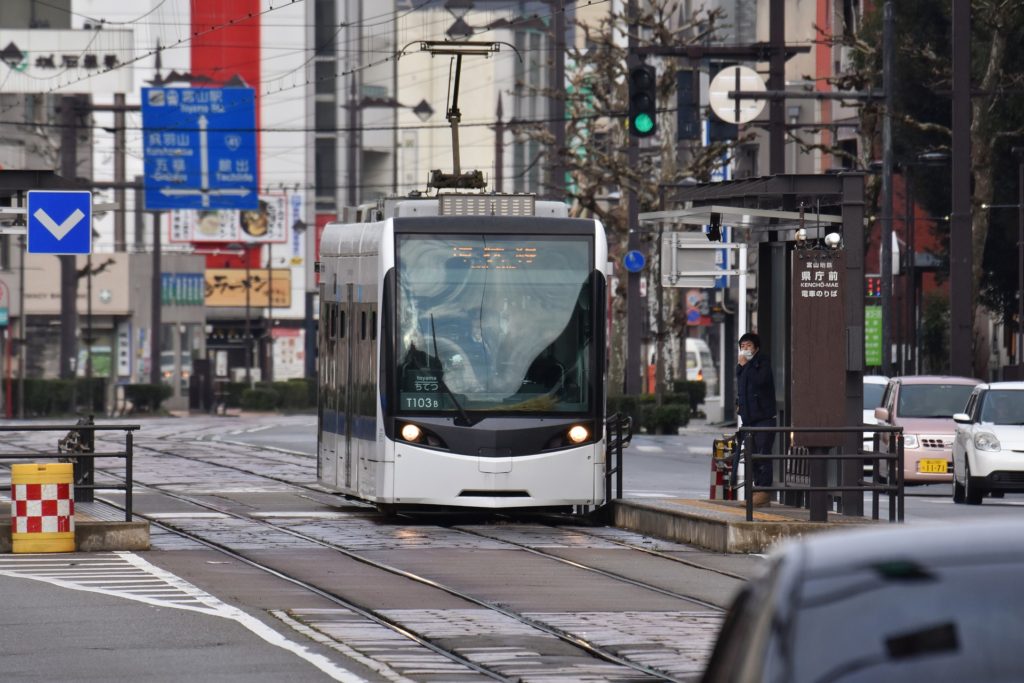Diego Moya works as a PhD researcher at Imperial College’s Sustainable Gas Institute, and is also part of the Science and Solutions for a Changing Planet DTP at the Grantham Institute – Climate Change and the Environment. Diego from Ecuador is interested in the sustainable development of the Latin American region and is one of the founders of iiasur (Institute for Applied Sustainability Research). In this blog, Diego explores how the region could move towards a low-carbon economy.
Latin America and the Caribbean (LAC) covers an area equivalent to the combined surface area of the USA and China. Despite its vast number of agricultural products and natural resources, and the fact that it has the largest reserves of petroleum (in Venezuela), natural gas, and freshwater, Latin America still has a number of challenges to overcome to achieve widespread welfare and development.

Climate change is also increasing extreme weather events in the LAC region. In 2017, Peruvian president declared a state of emergency after Lima’s worst floods killed 67 people and damaged 115,000 homes. This year in Mexico, wildfires tore through drought areas burning nearly 150,000 hectares. Intense rains, uncontrolled forest fires, agricultural productions losses and long droughts due to intense weather conditions are risking the lives of 660 million LAC citizens.
Having insufficient infrastructure, limited resources and a critical knowledge gap also make the region unable to adapt to such catastrophic climate change impacts. However, past and current emissions produced from industrialised economies are truly the cause of climate change worldwide. Those nations and people who have made the least contribution to climate change are bearing the burden while lacking the wealth to cope with its effects.
What are the low-carbon options to tackle climate change in the region?

Despite having an unfavourable climate change adaptation situation, LAC economies are well positioned to move towards the zero carbon-energy target. According to OLADE (the Latin American Energy Organization), large hydropower remains the biggest renewable power source in the region with a share of 45 % in the total power installed capacity mix. However, extreme weather patterns and the growth of other renewables is changing the mix. Although hydropower will remain strong, other renewables could increase considerably.
Fortunately, there are also opportunities for other cleaner technologies to meet the minimum level of demand on an electrical grids (baseload power demand); the technologies could be geothermal and natural-gas power plants (as a cleaner option to switch from other fossil fuels). While geothermal-based technologies can meet long-term emission targets, geothermal resources are location specific and therefore distribution costs can be unattractive for investors. Expanding natural-gas-fired power would help meet short-term emissions targets when switching from other fossil fuels but would also encourage the long-term reliance and use of it.
So what is the emission reduction potential in LAC’s economic sectors?
Agriculture – enhancing reforestation

Although the agriculture sector in the LAC region is not highly industrialised yet (energy consumption is minimum compared with the other sectors), the loss of forest for agricultural land is releasing carbon emissions at shocking rates. Greenhouse gas emissions related to agriculture are linked to livestock, rice production, agricultural soils management and biomass burning.
Forest regulate ecosystems and play an essential part in the carbon cycle. LAC countries contain 22% of the world’s forest area. However, deforestation for agricultural land is a major issue currently facing the region. The rate of deforestation in the region is alarming; between August 2017 and July 2018, an area of Amazon rainforest, equivalent to five times the size of London, was destroyed in Brazil.
Loss of forest also contributes approximately 10% to annual global greenhouse emissions. Therefore, countries that share the Amazon rainforest (e.g. Brazil, Venezuela, Colombia, Ecuador, Peru, Bolivia) need to implement strong mechanisms to control land-use and enhance reforestation in the Amazon to achieve carbon mitigation targets.

The food and agriculture organization of the United Nations (FAO) promotes Sustainable forest management across the region. However, just a few countries have joined the initiative (Argentina, Chile, Costa Rica and Dominican Republic). The program aims to put in practice relevant models of sustainable land use and conservation of forest resources. They work together with local partners to strengthen model forest development in the region.
Finally, policy makers also need to take into account the additional required to modernise the agricultural sector in LAC countries in their energy planning. The use of modern methods would give greater productive yields (e.g. mechanised equipment to plough a field). Although additional energy is needed to power pumps, for irrigation or switch from kerosene lamps to electricity light, this would not only improve agricultural productivity but also, most importantly, it would improve the life quality of people working in the rural sector and farms.
Transport – investing in low-carbon infrastructure
The LAC region lacks a low-carbon transport system. The largest share of energy demand is the transport sector (37%) and the growing rates of car ownership create a market opportunity to both electrifying the sector and expanding cleaner fuels (i.e. bio-fuels, natural gas). The average car ownership rate in LAC countries is 6% annually compared with about 1% in industrialised nations such as the UK, Germany or the USA. More investment is required in public transport systems across the region. Railways, light rail systems and subways to interconnect big cities and countries were not considered in the development of the region.

But there is still a huge opportunity for foreign investment, capacity building and tackling poverty in the region by developing a sustainable transport system. There are some good examples across the region. In Argentina, the 2008 railway reorganization act resulted in major projects such as the Circunvalar Ferroviario light rail system in Rosario along with electric underground lines in the metropolitan Buenos Aires area and upgrading sections of the Belgrano-Cargas railway. In Chile, use of electric-buses is growing fast; Santiago aims to have 80% of its public fleet driven by E-buses in 2022.
Industry – improving efficiency
The industry sector is responsible for 31% of the total energy consumed in the LAC region. The demand for heat and electricity in industrial processes such as beverages, tobacco, metallurgy, textiles, footwear, cement, steel, and textile has made the region an important focus for clean technologies deployment (i.e. Brazil, Argentina, Chile and Mexico). Electricity penetration and fuel substitution are key for industrial expansion in the region. Process that require to produce heat or cooling are ideal to increase industrial electricity use and reduce fuel consumption.
LAC’s energy intensity – the ratio between energy consumption and GDP of a country – has remained almost constant in last decades. This is mostly due to weak energy efficiency policies and its implementation. The most high-intensity industries in the region are mining, chemicals, pulp and paper, iron and steel, and cement sector. These industrial sub-sectors should promote the use of (1) energy management systems and energy efficiency projects, (2) the best available high-efficiency industrial equipment and capacity training, and (3) energy efficiency products and services from small and medium enterprises (i.e. energy audits).
Residential – the most electrified end-use sector
The residential sector accounts for about 16% of the end-use energy consumption in the region. The region has moved from traditional solid biofuels to more efficient appliances, heating and cooling technologies. However, the consumption of electricity and natural gas is still inefficient due to lack of insulation in buildings, inefficient cooling technologies, inefficient lighting and poor water heating technologies. Although the LAC region is close to achieving universal energy access, still 15 million people live without electricity and over 56 million people rely on traditional uses of solid biofuels for cooking and heating.
Energy efficiency in buildings is also still an issue. Improving building fabric, upgrading insulation, switching to more efficient technology (i.e. electric stoves, district gas networks) and using SMART systems are key to improving life style while keeping low energy consumption in the region.
COP25 Chile 2019: a huge opportunity to discuss the low-carbon future of the LAC region
Now that it is Latin America’s turn to host the next COP25 in Chile later on in November 2019, we can see a huge opportunity to discuss the geopolitical implications of a more sustainable development of the LAC region. COP25 in Chile will highlight a number of current global issues.
 The discussion around these topics at the COP25 in Chile is the opportunity to start the debate around the root of the unsustainable development of the LAC region. In my opinion, both the extraction of raw materials without the industrialization of end-use products and the lack of local capacity building, has produced a critical knowledge gap and a lack of technology innovation that has affected the development of our economies.
The discussion around these topics at the COP25 in Chile is the opportunity to start the debate around the root of the unsustainable development of the LAC region. In my opinion, both the extraction of raw materials without the industrialization of end-use products and the lack of local capacity building, has produced a critical knowledge gap and a lack of technology innovation that has affected the development of our economies.
My final thoughts are that…
Multinational corporations along with governments must commit to developing local capacity to transform cheap raw materials (extracted in the region) into profitable manufactured goods. This would require a set of policy instruments to develop a long-term roadmap to fill the knowledge and technology innovation gaps that would eventually enhance the low-carbon development of our region.
Governments, foreign industry working locally and academia in the LAC region need to work together. We definitely need to explore competitive advantages through innovation by solving local problems at all scales of development in a sustainable way. The implementation of new science and innovation policies and strategies must reflect a sustainable development of the region otherwise we will progress at the expense of the environment.
Acknowledgement
I acknowledge the valuable comments and suggestions made by Dr. Pablo Carvajal.
About the author
Diego works as PhD researcher in the MUSE energy system model Group at Imperial College’s Sustainable Gas Institute and is part of the Science and Solutions for a Changing Planet DTP at the Grantham Institute. Diego is supported by SENESCYT Universities of Excellence Scholarship Scheme and Universidad Técnica de Ambato (UTA). He is a scholar of the Faculty of Civil and Mechanical Engineering, Technical University of Ambato, UTA-Ecuador. Diego is also one of the founders of iiasur (Institute for Applied Sustainability Research) [LinkedIn, Twitter].
Image: Map of Latin America (Source: Shutterstock)